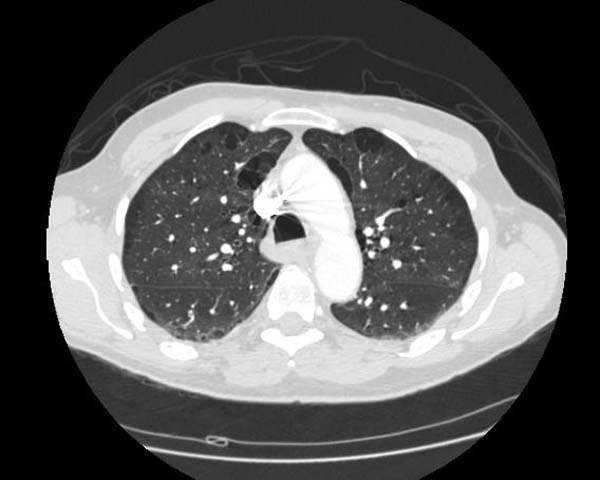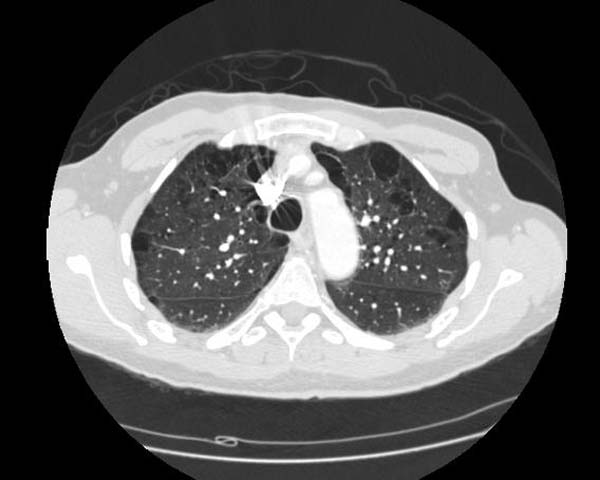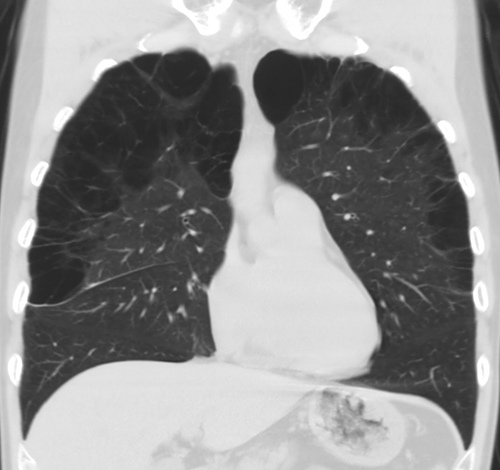Chronic obstructive pulmonary disease chest x ray
|
Chronic obstructive pulmonary disease Microchapters |
|
Differentiating Chronic obstructive pulmonary disease from other Diseases |
|---|
|
Diagnosis |
|
Treatment |
|
Case Studies |
|
Chronic obstructive pulmonary disease chest x ray On the Web |
|
American Roentgen Ray Society Images of Chronic obstructive pulmonary disease chest x ray |
|
Chronic obstructive pulmonary disease chest x ray in the news |
|
Directions to Hospitals Treating Chronic obstructive pulmonary disease |
|
Risk calculators and risk factors for Chronic obstructive pulmonary disease chest x ray |
Editor-In-Chief: C. Michael Gibson, M.S., M.D. [1]; Philip Marcus, M.D., M.P.H. [2]; Associate Editor(s)-In-Chief: Cafer Zorkun, M.D., Ph.D. [3]
Overview
On chest x-ray, the classic signs of COPD are overexpanded lung (hyperinflation), a flattened diaphragm, increased retrosternal airspace, and bullae. It can be useful to help exclude other lung diseases, such as pneumonia, pulmonary edema or a pneumothorax.
Chest X Ray
Chest Xray may reveal the following findings in the patients with COPD.[1]
Images shown below are courtesy of RadsWiki
Emphysema
- Signs of hyperinflation such as flattening of diaphragm
- Increased retrosternal space
- Hypovascularity
- Long, narrow heart shadow
Patient #1: Paraseptal Emphysema
Patient #2: Paraseptal Emphysema
Chronic Bronchitis
- Increased bronchovascular markings
- Cardiomegaly
- Right ventricular enlargement, prominent hilar vascular shadows, opacity in retrosternal air spaces (pulmonary hypertension)




